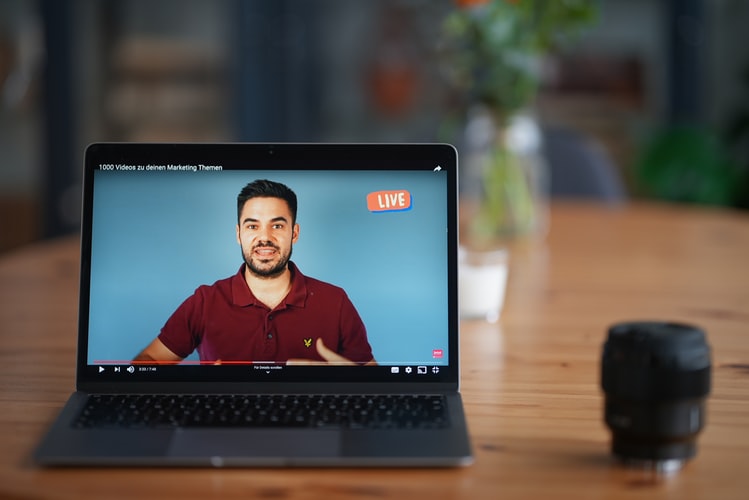Keeping donors informed about your mission and progress is a top priority for every nonprofit organization. Luckily, digital advancements today allow us to create and publish multimedia content online to keep all stakeholders in the loop. In addition to keeping your existing donors informed about the impacts of their contribution, this practice of circulating content to keep people in the loop also helps in engaging and attracting new donors. Livestreaming happens to be one of the effective new ways of engaging with your nonprofit’s prospects. In this blog is everything you need to know about it.
What is livestreaming?
Livestreaming is nothing but streaming digital media (audio, video) across channels in real-time. All you need to broadcast your livestreaming content is an internet-enabled device (like a smartphone, tablet, or laptop) and a platform (such as a Facebook, Instagram or YouTube) to livestream from.
Why is livestreaming gaining so much attention?
In addition to the obvious, here are a few stats that will detail in facts, why livestreaming is becoming so widely accepted.
More eye-opening stats from an interesting read –
- The livestreaming industry has grown by 99% between April 2019 and April 2020.
- 80% of consumers choose to watch live videos over reading blogs
- 63% of people in the age group of 18-34 watch live content regularly.
- More than 1 in 5 Facebook videos are Live content
- Live feed is watched 3X longer than pre-recorded videos.
How can livestreaming help nonprofit organizations?
Livestreaming lets you achieve a lot of things virtually, thereby removing all geographical barriers for your nonprofit. This virtual concept is an engaging model in which people can still “participate” in your livestreams through comments and reactions that are visible to all. The ease of execution and low costs involved also make it an extremely effective marketing tool. Given the current situation of Covid-19, livestreaming has increasingly become an important strategy for nonprofit organizations. Nonprofits can turn to livestreaming to showcase their work, conduct webinars, and hold virtual fundraisers. Its time-sensitive nature makes it more likely that people will engage or give during the event, meaning if you have great content planned during your live feed, your audience’s attention and in-the-moment engagement are yours.
Having established the importance of livestreaming, let’s now look at the best practices to keep in mind while livestreaming.
- Start with an objective in mind and plan your content accordingly. Be it a fundraiser that you want to host via livestreaming, or a project completion ceremony, plan your content according to what you want to accomplish. For instance, if it’s a fundraising event, you’ll want to keep your audience engaged and convince them that their donation is valuable and makes a huge impact. What content will support your objectives? Having a beneficiary come on the livestream and speak about how your nonprofit has impacted them is a great way to motivate others to give. Any type of guest speaker or performer will help draw an audience and increase engagement.
- Plan your sequence and time your content. Remember to leave time for Q&A. Once you know the content you’re going to cover during the livestream, carefully plan the sequence of events. Be sure to keep a natural flow throughout the livestream and be sure to recap your objective every once in a while so that new joiners understand what’s happening. It’s also important to start and stop on time, so make sure you have your content planned for 80% and allot the remaining 20% for interactions.
- Choose your platform wisely. What is best for the world needn’t necessarily mean it is best for you. YouTube may be the best platform in the industry for livestreaming. However, if you have 150 followers on YouTube and 15,000 followers on Instagram, using Instagram as your livestreaming platform is the obvious choice. Choose the platform that you think will attract the most participants.
- Promote it well before you go live. Promoting your live session before the event can increase participation. Post about the event on social media and through email so that people can plan on joining the event. Consider including an incentive to join, like a raffle or a special announcement they won’t want to miss. Adding elements of surprise is always a good tactic to drive the audience.
- Test. Test. Test. Technical glitches are a great way to lose audience members. Most livestreaming platforms allow you to go live privately so make sure you run enough tests to know that you’re good to go the minute you want to.
To conclude, harnessing the power of livestreaming can open new doors for your NPO, and for this reason alone, you should at least give it a try.




 Three Ways To Increase Online Donations
Three Ways To Increase Online Donations